
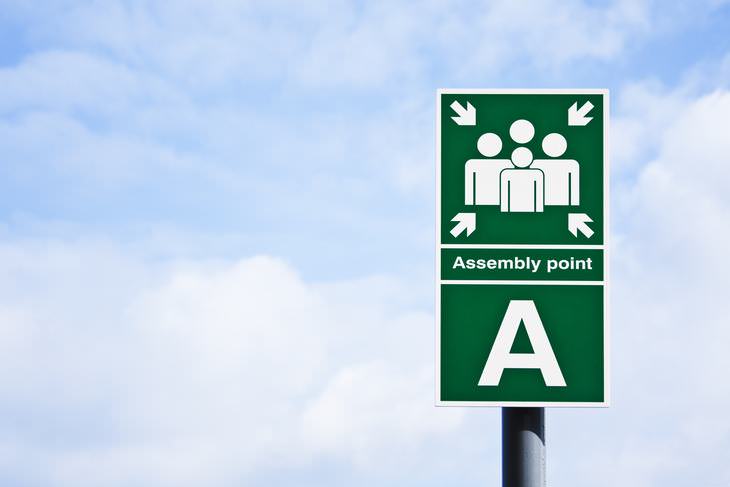
While technically not included in the kit, communication is the first thing to take into consideration when preparing for an emergency. During a natural disaster or a terrorist attack, cell phone signals and landlines can be jammed or out of order. In which case, it is ideal to have a prearranged spot where everyone in the family knows to meet. It may be somewhere close to the children's school or at a centrally located family member's house. Just in case be sure to keep a contact sheet of important numbers.
2. A favorite toy or stuffed animal
It's not only about the clinical items that you will need to keep your family alive. You will also need to think about comfort and security. In the event of an emergency, grab a nearby toy to throw in your kit. This will hopefully keep kids distracted.
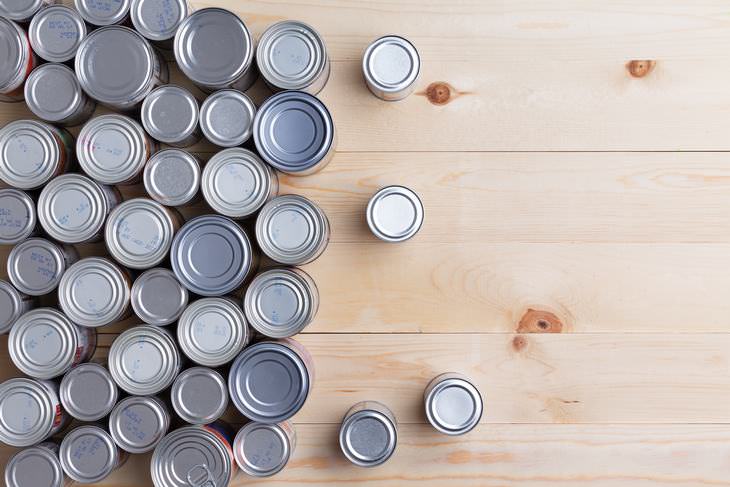
FEMA advises that you plan a three-day supply of food for the whole family. Opt for staples like canned meats, canned fruit and vegetables, hot and cold cereal, powdered milk and high energy foods like peanut butter, dried fruits, and granola bars. Don't forget the can opener!
4. Fun food
Kids don't always eat what we give them. While canned green beans are convenient for storage and serving, a four-year-old might refuse to eat them - even in an emergency. So, having a few treats on hand could make all the difference with a hungry child. Opt for fruit snacks, cheese or peanut-butter sandwich crackers, ready-made gelatin pudding and things of the sort.
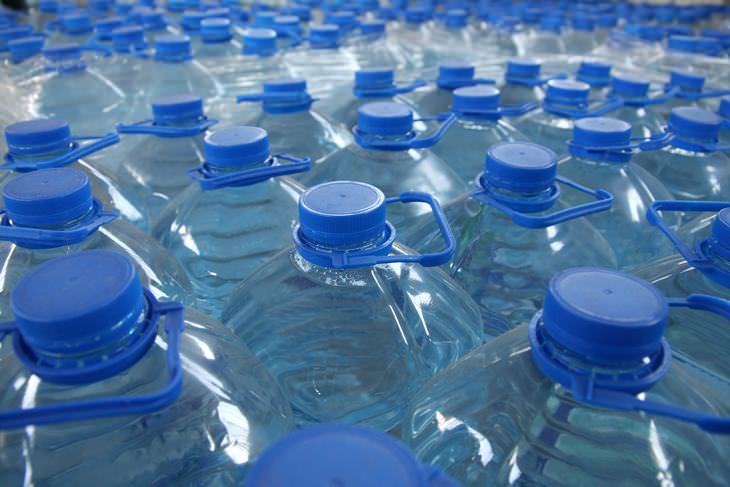
Water is at the top of the list for an emergency kit. Store about one gallon per person, per day (for drinking and hygiene) and storing enough for two weeks at home. Bear in mind that young children and older adults are especially vulnerable to dehydration, so it's better to overstock water than be under-supplied. Don't forget that just like canned food, you cannot keep bottled water around for too long before the quality is compromised. Be sure to have fresh water replaced every six months.
6. Vitamins and medications
In an emergency, access to medications may be limited. So pack a one-month supply of chewable vitamins and the prescriptions your family relies on.
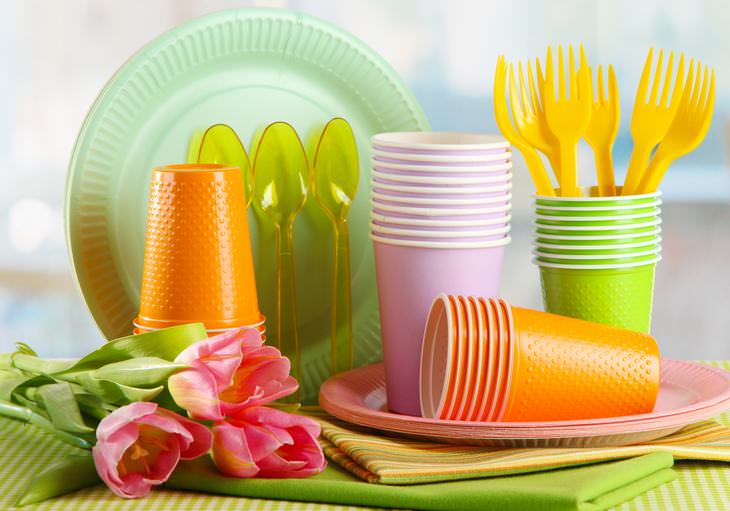
A disaster may result in tainted tap water. So stock your kit with disposable plates and utensils. It will feel more like camping and less like chaos.
8. Fleece blankets or zip-up pajamas
Stock up a blanket per person. Remember that small children have a tougher time regulating their body temperature than adults do so make sure you prepare adequate blankets or sleeping bags to keep them comfortable. You'd also need hats and gloves for each child, which will help against cold weather.
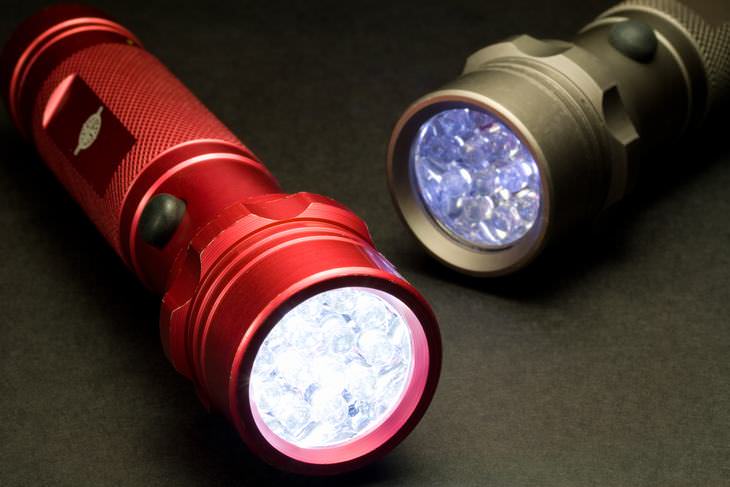
Natural disasters would likely mean a loss of power, possibly for weeks. But if you have manually powered flashlights, lighting up your home after sundown won't be an issue.
10. Hand-crank radio
You'll be thankful that you don't have to rely on batteries to power a radio that delivers important information, like whether it is safe to go outside.
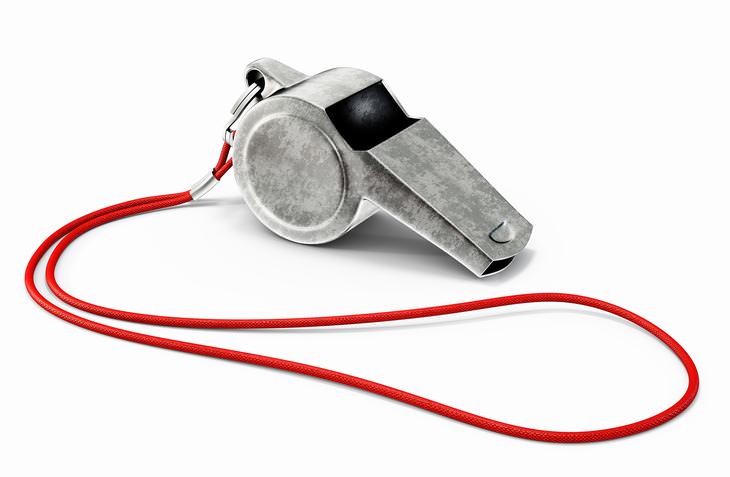
A good, old-fashioned whistle will make kids feel empowered. Just be sure to have a talk with young children about when to use the whistle and where to find it.
12. Matches in a waterproof container
Your emergency kit should most definitely include all-weather matches which can be used to light a cooking device, sterilize first aid implements and light candles.

A good first-aid kit is paramount in an emergency situation. It should include items to treat and clean minor wounds, stop serious bleeding and secure broken bones and sprains, as well as a comprehensive first aid manual.
14. Waterproof document storage
In the event of a flood or a fire, you want to make sure that your important documents are safe. So invest in a water and fireproof file storage system to ensure your insurance papers, birth certificates and so on can escape the damage.
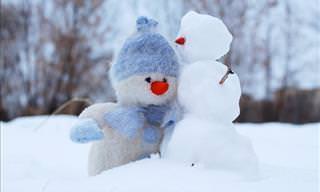
Surprise Your Kids With This Fake Snow Recipe!
Learn how to make your very own snow from the comfort of your own home thanks to this brilliant guide.
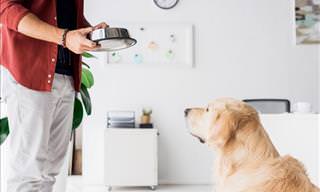
Your Pet May Be Depressed! Watch Out for These Signs
Is your pet behaving weird? it might be depressed. Here are some telltale signs your cat or dog might be suffering from pet depression.

Not Sure What to Do This Valentine's? Try These 9 Ideas
Not sure what to do this Valentine's? Here are 9 ideas you could try:
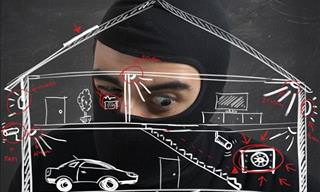
How to Make Sure Your Home Isn't Vulnerable to Burglars
Did you know that close to 4 million homes will be broken into this year? This guide will help ensure that yours is not one of them!
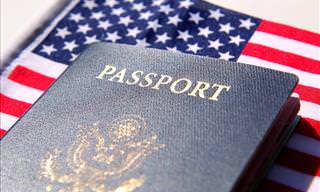
The Ultimate Guide to Obtaining or Renewing a US Passport
Obtaining or renewing a US passport is not the most straightforward affair. Thankfully, this detailed guide is here to help!

If You Get Migraines Your Doctor Will Want to Know This
If you suffer from migraines often, this is what you need to let your doctor know.

Teach Your Dog 10 Basic and Important Commands!
There are numerous ways you can teach your dog tricks and commands, however the best way is to use a clicker. Learn how to teach your dog new tricks.

Learn About 4 Types of Bosses and How to Deal With Them
There are tons of books that teach bosses how to be bosses, but now its time for employees to learn how to deal with their bosses!

Did You Know That Going Bald Can be a Good Thing?
Although for many men, going bald is their worst nightmare, it's actually associated with numerous advantages. Here are 8 to lift your spirits.

Laundry Detergent Is SO Versatile: 8 Genius Home Uses
Laundry soap, both liquid and powder, has a great number of unexpected uses, from dissolving grease stains to cleaning upholstery & even getting rid of weeds!
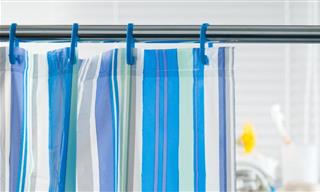
Don't Throw Away That Shower Curtain Liner Just Yet
Here are 10 clever ways to clean, upcycle, or reuse a shower curtain before you throw it away for good.

14 Ways to Enhance the Flavor of Your Cooking
We have collected 14 brilliant tips for you that will help turn your cooking and dining experience into an enjoyable and satisfying action.

The 5-Hour Rule: Successful People’s Best Kept Secret
While many want for success, few are able to achieve it. This 5-hour rule will help get you on the right track!
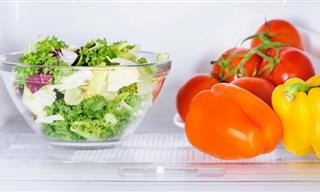
Salad in Fridge: Guide to Avoid Waste & Stomachaches
In this article, we’ll clarify this topic and understand which salads last longer, how to extend the shelf life of different types of salads, and, of course, when it’s time to say goodbye to them.

Here's How to Keep Your Face Free of Dead Skin Cells
We always feel better when we're looking radiant, and that can be down in no small part to removing dead skin cells from our faces. Make these scrubs at home.
 11:10
11:10
Prepare To Fall in Love With Quinoa
Quinoa has so much to offer if you only know how to unlock its best features. Let cooking instructor Hellen Rennie tell you how.

Got a Pair of Suede Shoes? This Is How to Care For Them
Care for suede shoes easily with these essential tips.
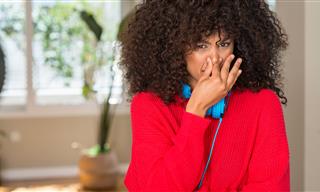
9 Dangerous House Smells You Should Never Ignore
If something smells off to you, there is probably a good reason. These are 9 potentially dangerous house odors you should never ignore.

Are You Guilty of These Everyday Posture Mistakes?
These mistakes are ruining your posture. Here’s how you can fix them!
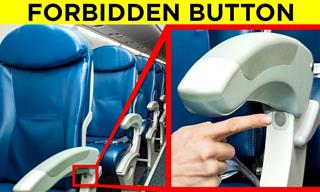 25:38
25:38
These Hidden Airplane Features Can Save Your Life!
The next time you board a flight, make sure you remember these tips.
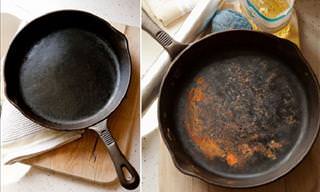
9 Ultimate Methods for Stain Removal around the House
Things we;ve had for a long time tend to lose their fresh-out-the-box look but this can be remedied! These methods will help you remove those stubborn stains!
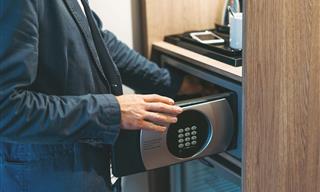
8 Things That Should Always Be Kept In A Safe
Even if you don't have wads of cash or jewelry lying around, there are a few valuables everyone has that should always be kept stored in a safe
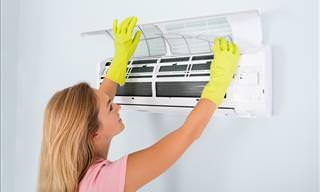
8 Things You Need to Do With Your A/C to Save on Money
Not looking after your AC properly will decreases the efficiency of your system, meaning you’re losing a lot of money.
 12:31
12:31
There's a Trick to Understanding French...
Here's how you can understand French words easily...
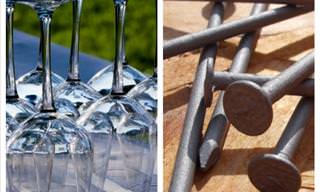
This Home Chores Advice Will Come in Handy!
We've gathered up what we consider to be the best tips and tricks for the home.

You Should Eat the Peels of These Fruit and Vegetables
The peel of some fruit and vegetables sometimes contain more nutrients than the actual flesh itself. Here are 10 fruit and veg peels that you should eat.

Use Your Freezer to Clean These 7 Items of Clothing!
This may sound absurd, but there are actually a lot of benefits to putting your clothes in the freezer, especially when it comes down to certain pieces of clothing in your wardrobe. Check them out here!
 14:08
14:08
Can Animals Truly Predict Earthquakes?
Seismologist Lucy Jones debunks popular earthquake myths and tells how we can really prepare before a big earthquake hits...
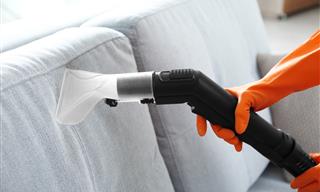
From Leather to Linen - How to Clean Every Type of Couch
Couches tend to collect dirt, but cleaning them can be tricky. Take a look at these expert-approved tips on how to clean 8 different upholstery materials.

10 Time-Saving Cooking Tricks Every Home Chef Should Know
If you’re interested in saving yourself some time and trouble in the kitchen, click here and see what tips and tricks we prepared for you!
 3:58
3:58
Amazing! How to Make a Key That Opens Most Locks
Can you make a key that opens almost every lock?

Once and For All, Is there a Right Side to Aluminum Foil?
Many home cooks have pondered the question 'should I use the sticky or the dull side of an aluminum foil'? We're here to answer this question once and for all
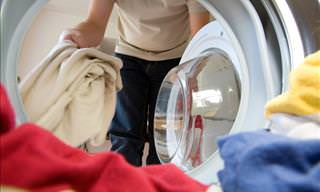 8:07
8:07
The 5 Best Ways to Do Your Laundry Quickly and Efficiently
What's the best way to clean a pair of shoes, or remove grease from fabric? Take a look:
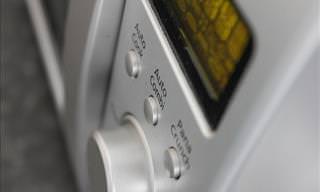
21 Sizzling Hot Microwave Tips To Improve Your Life
The microwave is something we use every day, but did you know how many different ways you can use it? Here are 21 surprising uses.

Etiquette Guide: How to Set Up a Beautiful Christmas Table
Setting the perfect dinner table for your Christmas guests is a great way to make everyone enjoy such a special occasion. Here's a simple table-setting guide.
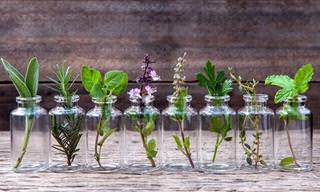
A Guide to Growing Herbs in Water All Year Long
This guide will teach you how to grow your own herbs in water.

10 Condescending Texts You Might Be Sending Unknowingly
Here are 10 common texts that often rub people the wrong way—and why.

This Mindfulness Trick Will Allow You to Sleep Easy
Meet mindfulness meditation, which will enable you to achieve a restful sleep through guided imagery, giving you the energy for the next day.

Natural Leaf Miner Pesticide that Won’t Kill Your Plants
Leaf miners are several species of insects that feed inside leaves in their larval stage and can be hard to get rid of...

The Art of Persuasion: How to Get Others to Agree With You
Many discussions become unnecessarily heated, just because we don't know how to explain our position correctly. Learn how to make others think like you.
 8:26
8:26
You Must Know These Tips for Growing Healthy Plants
With these key tips, even complete beginners will be able to grow healthy and beautiful plants at home!

10 Surprising Baby Powder Uses You're Gonna Love
You probably already have baby or talcum powder in your house just waiting to be uses. So, here are 10 practical uses you might never have thought of.

This is How Often You Should Change Your Bed Sheets
The majority of us don't change our bed sheets as often as we should, and that can cause serious health issues. Here's how often you should change them.
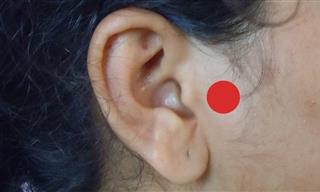
Use These 5 Pressure Points to Control Your Hunger
The following 5 pressure points that you will learn about will help you control your hunger effectively.
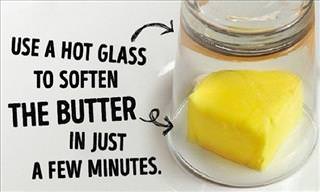
17 Ingenious Life Hacks That You've Been Waiting For!
These 17 amazing and ingenious life hacks will make your day-to-day tasks a lot easier.

15 Smart Ideas That Redefined Creativity
These crafty geniuses took their ideas to unique heights!
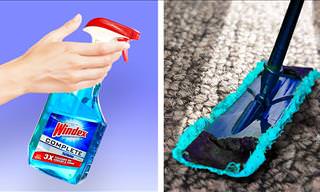 9:16
9:16
You Definitely Should Try These Amazing Cleaning Hacks
If blotches and stains are putting an dampener on how the interior of your home looks, be sure to learn these 20 unusual but super neat hacks.
To enable your Ad-Free Subscription, please fill the fields below
Your subscription was successful, now you can enjoy an ad-free experience!! Note: To make sure you get no ads, please make sure to log in to your account. If you are logged in already, then refresh the page. The subscription can be cancelled at any time.


